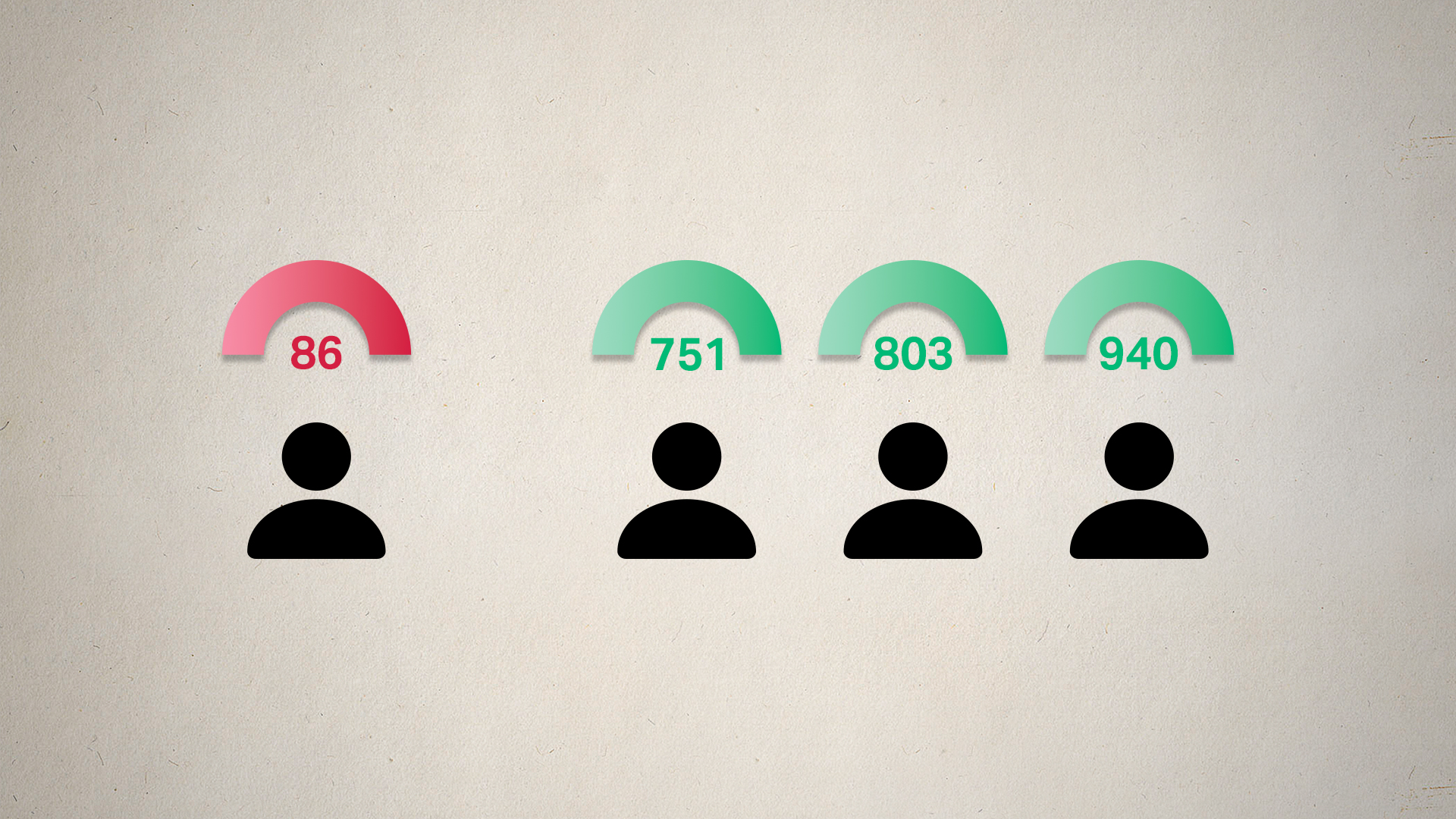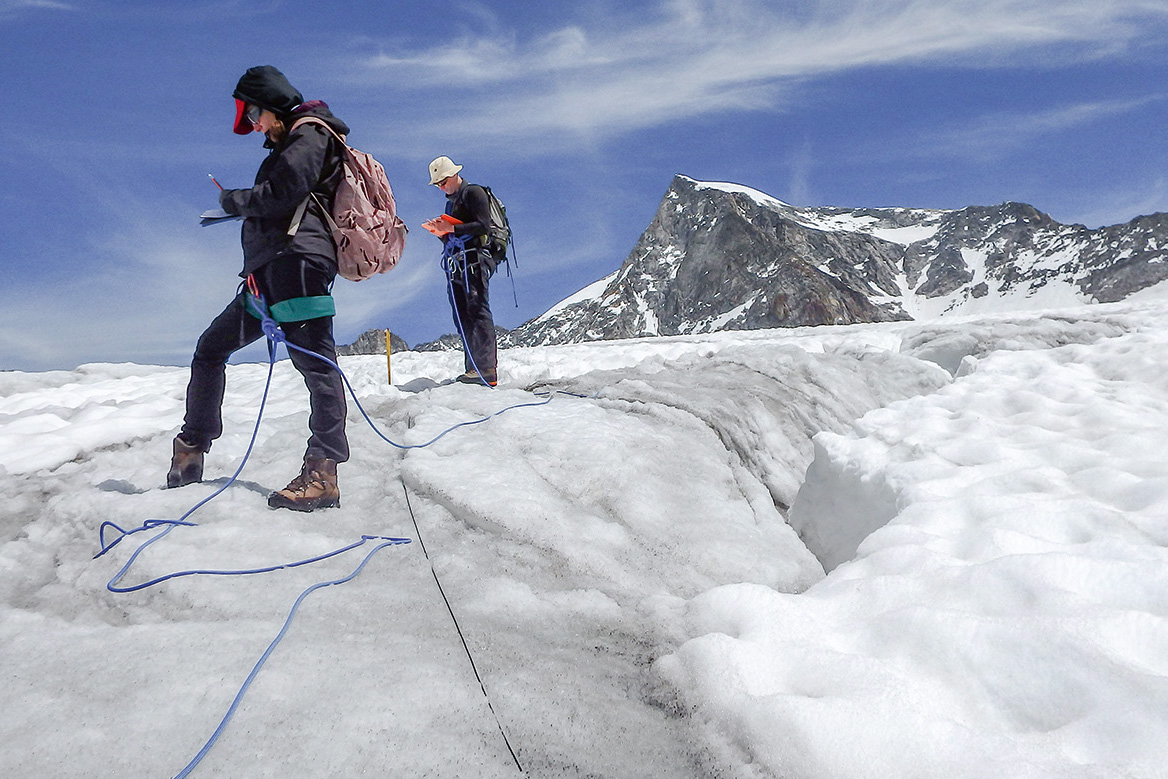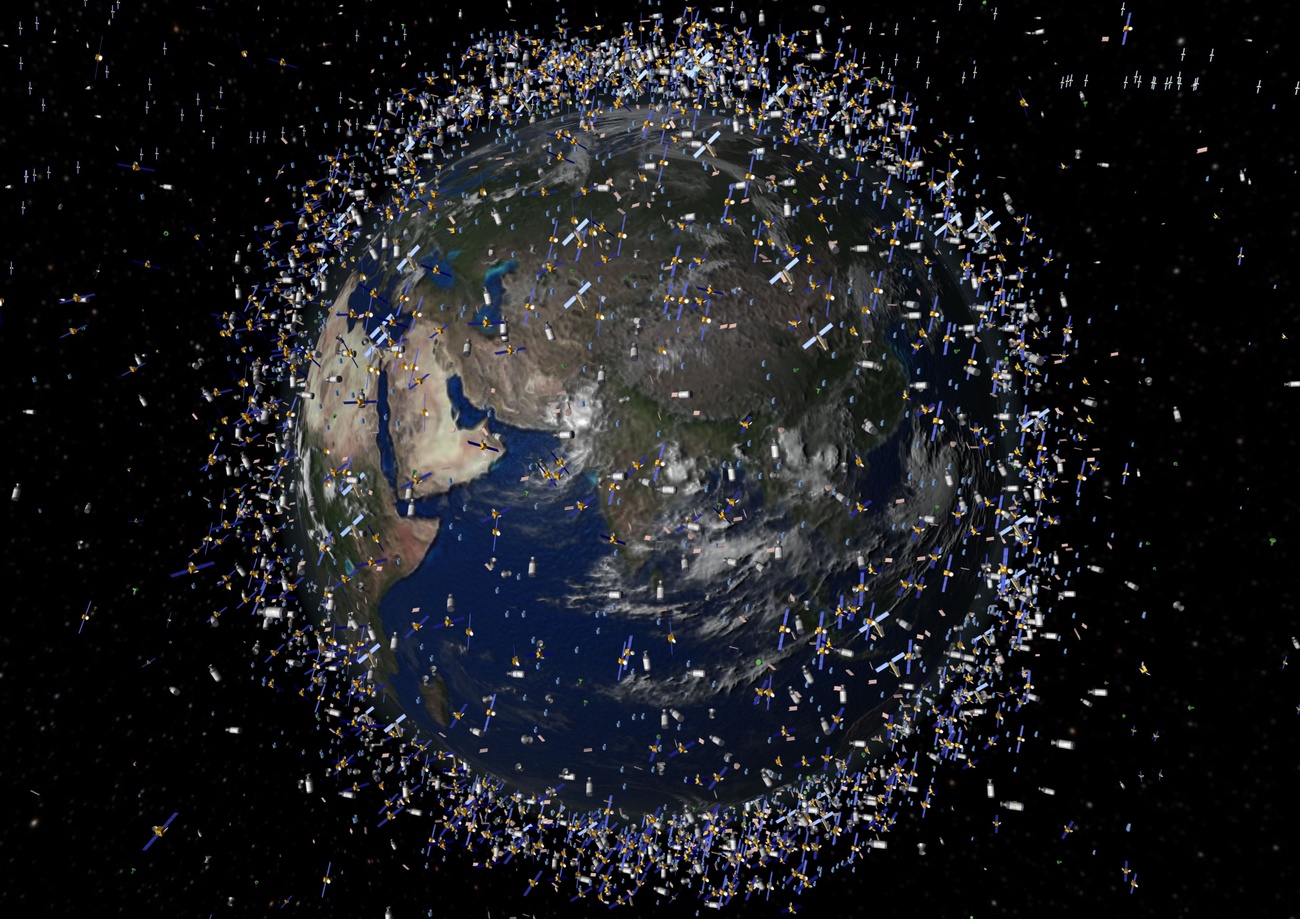
A glimpse into the origins of the universe
The James Webb Space Telescope, which lifted off into the heavens in December 2021, is on the hunt for distant galaxies, faint comets and early star formations. A key component of the telescope was partly-developed in Switzerland.
The WebbExternal link, the biggest and most powerful telescope ever sent into space, is considered as the successor to the Hubble telescope launched in 1990 by NASA. However, while the Hubble captures images in the spectrum visible to the human eye, the Webb can see further in both space and time – largely thanks to the Mid-Infrared Instrument (MIRI), one of four scientific instruments on board. MIRI, developed with the help of Swiss researchers, can peer into the wavelength range from 5 to 28 microns – a mid-infrared range under-researched to date, and within which it’s hoped can be spotted galaxies at the edge of the universe.
The Swiss component was developed by the Paul Scherrer Institute in collaboration with industrial firms. Later the project was taken over by the Institute for Particle Physics and Astrophysics (IPA) at the federal technology institute ETH Zurich, working within a European consortium that also collaborated with NASA. ETH Zurich astrophysicist Adrian Glauser and his team developed special cryo-cables as well as a mechanism to protect MIRI from contamination during the cool-down phase; to work optimally, MIRI has to be cooled to -266°C – close to absolute zero.
The Swiss team will thus be finishing its work with the Webb telescope, but for Glauser the next job is already waiting. Along with his scientific director Sascha Quanz, he will oversee the infrared imaging device METIS at the Extremely Large Telescope (ELT), which is set to begin operating in the Atacama desert in Chile in 2027. Apart from this, he is also already working on the next generation of space telescopes, which one day will be capable of searching for exoplanets similar to Earth.








































You can find an overview of ongoing debates with our journalists here . Please join us!
If you want to start a conversation about a topic raised in this article or want to report factual errors, email us at english@swissinfo.ch.